Diamonds aren’t just meant for engagement rings. People often forget that they can also be set in other types of jewelry, such as earrings.
When buying diamonds for your earrings, some people are restricted by their budget and search for less expensive stones. Since I1 diamonds are less costly stones, some people may wonder: Are I1 diamonds good for earrings?
While they showcase internal flaws, I1 diamonds are budget-friendly options that many people find value in – but what are I1 diamonds, though?
We’ve covered everything you need to know about I1 diamonds in this article. So, be sure to read it until the end before you decide to buy I1 diamonds for your earrings!
DESIGN YOUR OWN ENGAGEMENT RING: START WITH A SETTING OR START WITH A DIAMOND. IT’S REALLY UP TO YOU!
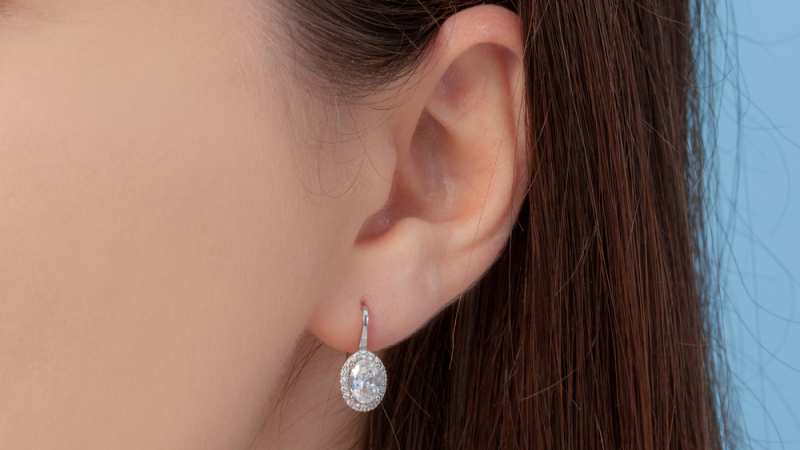
What Are I1 Diamonds?
The clarity grade of a diamond refers to the presence and size of internal flaws, known as inclusions. The fewer inclusions a diamond has, the higher its clarity grade and the clearer it appears to the naked eye.
The most commonly used clarity grades are as follows:
- IF and Fl (Internally Flawless and Flawless): These diamonds have no internal flaws visible even under 10x magnification.
- VVS1 and VVS2 (Very Very Slightly Included): These diamonds have minor inclusions that are difficult to detect even with magnification.
- VS1 and VS2 (Very Slightly Included): Diamonds in this grade have minor inclusions that are usually not visible to the naked eye but can be seen under magnification.
- SI1 and SI2 (Slightly Included): Diamonds in this grade have more noticeable and slightly larger inclusions. Whether they are visible to the naked eye depends on their position within the diamond and their color.
- I1, I2, and I3 (Included): Diamonds in these grades have numerous and larger inclusions, which are often visible to the naked eye.
Considering the I1 clarity grade, it is important to note that the color and location of the inclusions are not part of the grading system. This means there can be variations within the I1 grade itself. For example, a colorless inclusion positioned near the edge of the diamond may go unnoticed, while a dark inclusion in the center may be visible.
Choosing an eye-clean diamond within lower clarity grades, such as I1, can be a cost-effective way to save money without compromising the overall appearance. This allows you to allocate more resources towards other aspects of the diamond, such as cut, color, or carat weight.
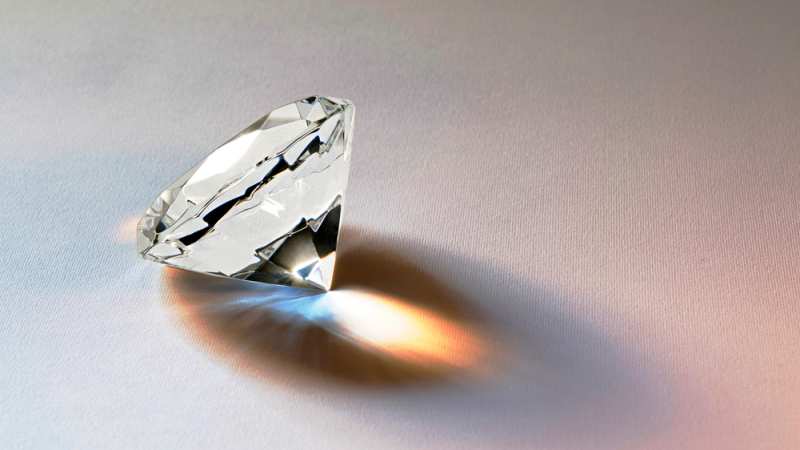
Can I1 Diamonds Be Eye-Clean?
The question of whether I1 clarity diamonds are a good choice compared to VS2, SI1, or SI2 clarity diamonds is a common one. When it comes to budget-friendly and eye-clean stones, VS2, SI1, and SI2 clarity diamonds are generally considered better options. Why is that?
It is relatively easier to find an affordable SI2 diamond that appears almost eye-clean. However, does this hold true for I1 diamonds as well?
One of the key characteristics of I1 diamonds is that they have a high number of internal flaws that can significantly impact their brilliance and overall appearance.
However, it is still possible to come across I1 diamonds with colorless inclusions that match the diamond’s shape and color so well that they remain nearly invisible to the naked eye.
So, should you consider I1 clarity diamonds instead of VS2, SI1, or SI2 diamonds due to their lower price point?
While finding an I1 clarity diamond that is completely eye-clean would be a remarkable find and may entice some buyers, the challenge lies in the rarity of such diamonds. Searching for an eye-clean I1 diamond can be time-consuming and may not be worth the effort for a slightly lower price.
Time is valuable, too.
Given the scarcity of eye-clean I1 diamonds, we would recommend sticking to VS2, SI1, or SI2 diamonds when seeking budget-friendly stones that are eye-clean.
However, if you are specifically searching for a more affordable gemstone that comes close to being eye-clean, an I1 clarity diamond can still be a viable option worth considering.
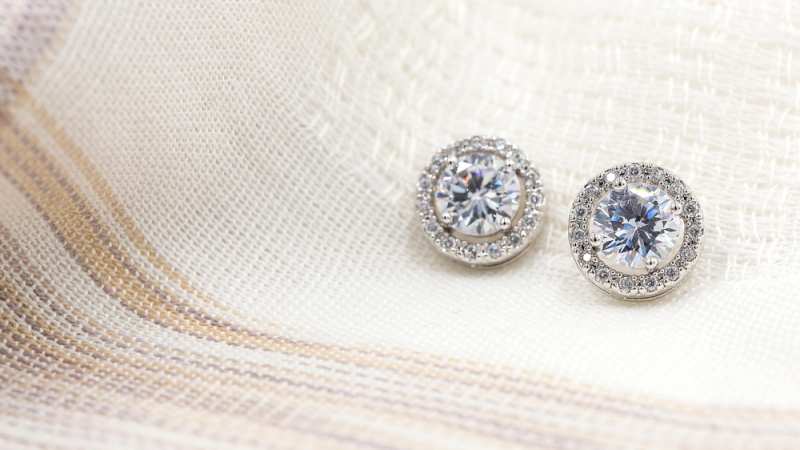
I1 Diamonds And Shapes
Is there a specific diamond shape that can effectively conceal inclusions in an I1 diamond compared to others? Well, this largely depends on the individual case.
The shape, color, and cut of a diamond can indeed impact the visibility of its internal flaws, but there isn’t a single shape that universally excels in this regard.
Certain diamond inclusions may be highly noticeable on a round brilliant cut diamond but barely perceptible on a heart-shaped diamond, and vice versa.
Regardless of the diamond shape you prefer, finding an eye-clean I1 diamond in that particular shape can be challenging.
However, it’s worth noting that round brilliant cut and princess cut diamonds might offer more options when it comes to I1 stones simply because they are more readily available in the market.
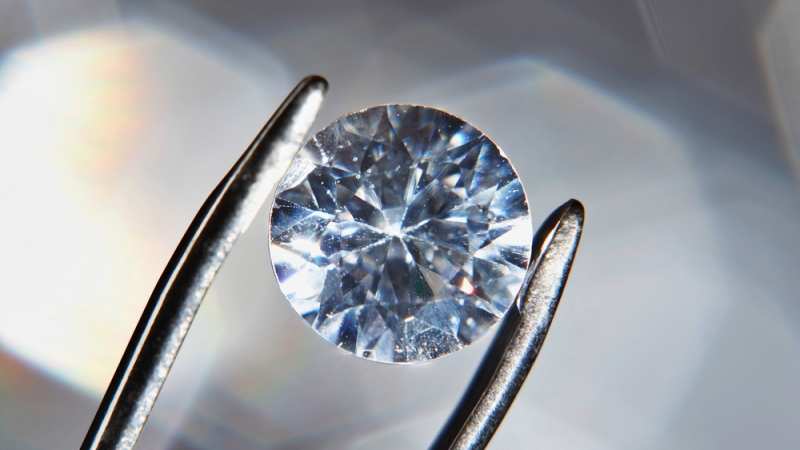
The Value Of An I1 Diamond
I1 diamonds are generally not highly valued within the diamond industry, as they are positioned at the lower end of the clarity scale. However, it is worth noting that eye-clean I1 diamonds are highly valued by many buyers due to their rarity and affordability.
While I1 diamonds may have internal flaws, they still hold value as diamonds. When set in the right jewelry setting and complemented with appropriate ornamentation, the internal flaws of an I1 diamond can be effectively concealed.
This makes I1 diamonds well-suited for jewelry designs that don’t heavily emphasize the stone’s clarity. They are particularly ideal as side stones or when accompanied by smaller melee diamonds.
Bracelets, necklaces, earrings, and rings with intricate designs that don’t place the stones at the forefront are excellent choices for showcasing I1 diamonds.
However, if the intention is to highlight the diamond’s clarity, especially in ring settings, we would recommend opting for a higher clarity grade.
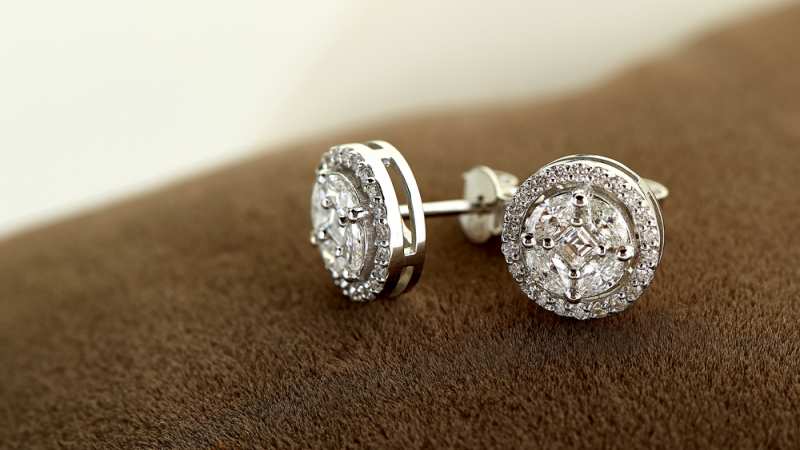
The Importance Of Seeing The Diamond Clearly
Diamonds with inclusions serve as a reminder of the importance of inspecting the stone in person before making a purchase. Whether you choose to buy the diamond online or in a physical store, there are key factors to consider when purchasing an I1 diamond.
When buying online, opt for stores that provide excellent HD pictures and videos that accurately represent the diamond. This ensures that what you see is what you will receive. Additionally, carefully review the diamond’s certification, cut, dimensions, and any graphics that highlight its flaws.
Similarly, when purchasing in person, make sure to thoroughly examine the diamond under magnification. Many people may hesitate to ask questions or inspect the stone closely, but remember that you have the right to gather all the necessary information before making a decision.
Equally important is viewing the diamond with the naked eye in its actual size. This step is often overlooked when shopping for diamonds online, as people tend to focus solely on magnified images. However, observing the diamond’s appearance and visual quality in real life and its true size is crucial.
By taking these steps, you can ensure a more informed evaluation of the diamond’s overall visual appeal and make a confident purchase decision.
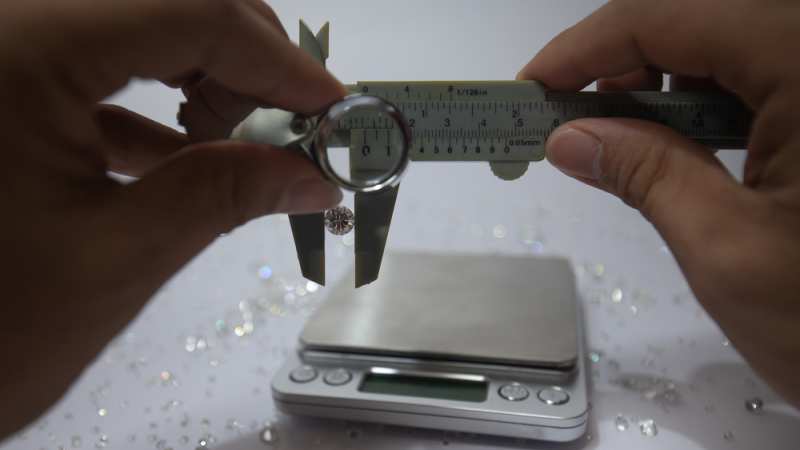
Purchasing An I1 Diamond
If you’re determined to purchase an I1 clarity diamond, here are some tips to follow and consider consulting with a diamond expert before making your purchase.
- Grading Laboratory: Pay attention to the grading laboratory that has assessed the diamond’s clarity. Different labs may have varying grading standards. Opt for labs with stricter standards like GIA or AGS. Reports from other labs may lead you to riskier stones graded as I1, which could potentially receive a grade of I2 or I3 from GIA.
- Types of Clarity Features: Take note of the different types of clarity features present in the diamond. These can include mineral inclusions, growth features, surface imperfections, or internal cracks. Mineral inclusions are often the most visible and can be large in an I1 diamond. Avoid stones with significant mineral inclusions if you are seeking an almost eye-clean I1 diamond.
- Location of Clarity Features: The location of clarity features impacts their visibility and the overall clarity of the diamond. Internal flaws in the center of the stone will be more noticeable compared to minor flaws near the edges. Additionally, consider the structural durability of the diamond based on the position of internal flaws. Avoid internal flaws in vulnerable areas such as corners in shapes like pear, princess, marquise, and heart, as they increase the risk of damage.
- Reading a Clarity Chart: Examine the clarity chart on the diamond grading report to understand the types and positions of the flaws within the diamond. The chart provides diagrams of the diamond’s bottom and top views, with marks indicating the flaws. Refer to the legend to understand the meaning of each mark. Pay particular attention to inclusions near the diamond’s girdle, as they can affect durability.
- Reflections: Sometimes, what appears to be inclusions are actually reflections of inclusions. Diamond facets can act as mirrors, reflecting internal flaws and making them appear more numerous. Turn the diamond to observe reflections appearing and disappearing at certain angles. When shopping online, use video or other viewing tools provided by the seller to closely examine the stone. Avoid stones that show reflections of inclusions, as they make the diamond look darker.
- Zooming Out: While magnified images are useful for assessing clarity, it’s important to gain perspective by zooming out. After identifying flaws in the magnified image, take note of the most visible ones and when they are most noticeable. Then, zoom out until the stone appears to be the size it would be on your hand. Check if the most prominent inclusions are still visible from an average viewing distance of around 5 to 6 inches. Repeat the process of zooming in and out to confirm if the flaws remain noticeable. If they do, the diamond is not eye-clean. However, consult with in-house diamond experts to verify the assessment, as they are trained to detect flaws.
By following these tips and seeking expert advice, you can make a more informed decision when purchasing an I1 clarity diamond.
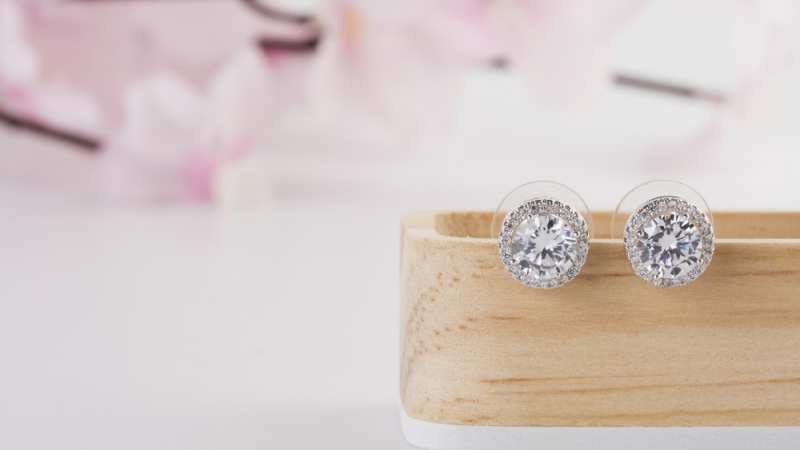
Conclusion
In conclusion, when it comes to diamond earrings, I1 diamonds can be a good choice due to their affordability. While diamonds with fewer internal flaws are rarer and more expensive, I1 diamonds offer a budget-friendly option. Although I1 diamonds typically have visible inclusions, the importance of clarity is relatively low for earrings since people rarely inspect them up close. Additionally, diamond studs, which are commonly used for earrings, are usually under 0.5 carats each, making the inclusions even less noticeable. Therefore, if you’re considering purchasing diamond earrings, I1 diamonds provide great value for your investment.


